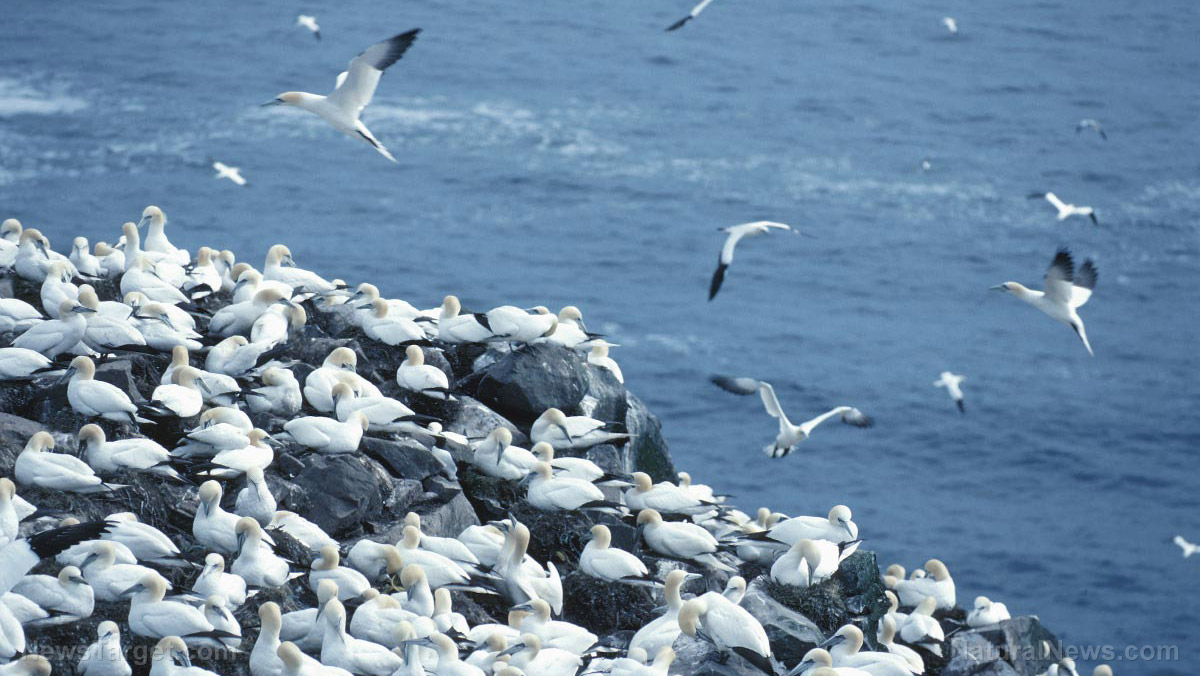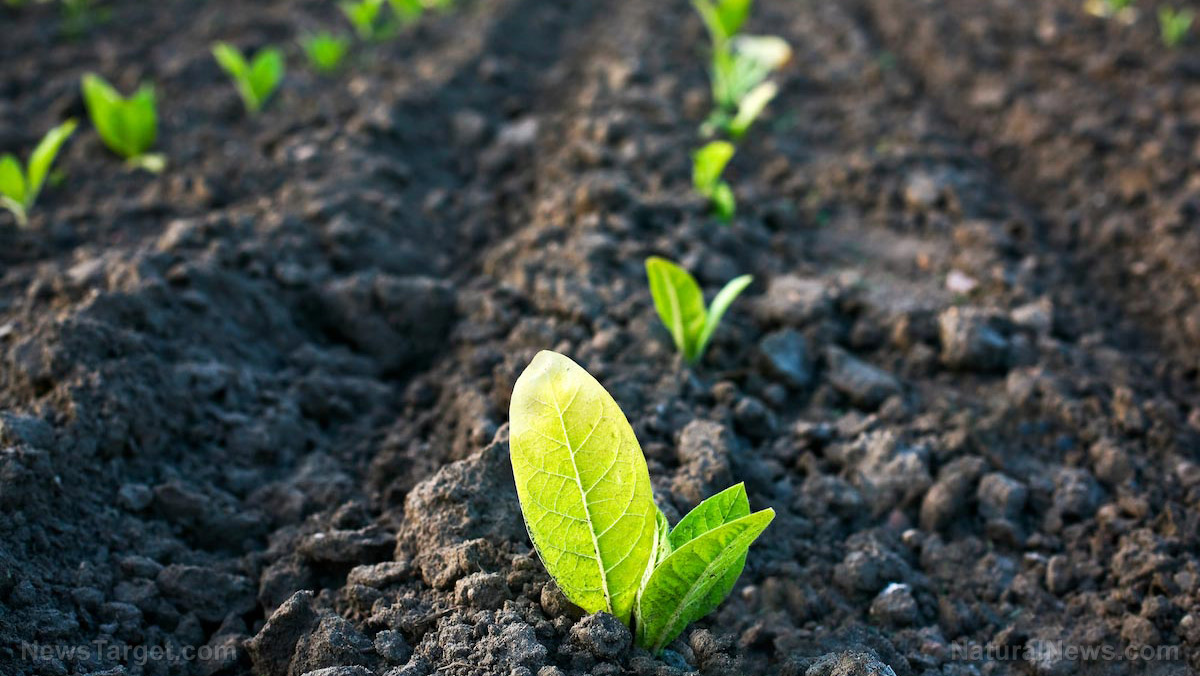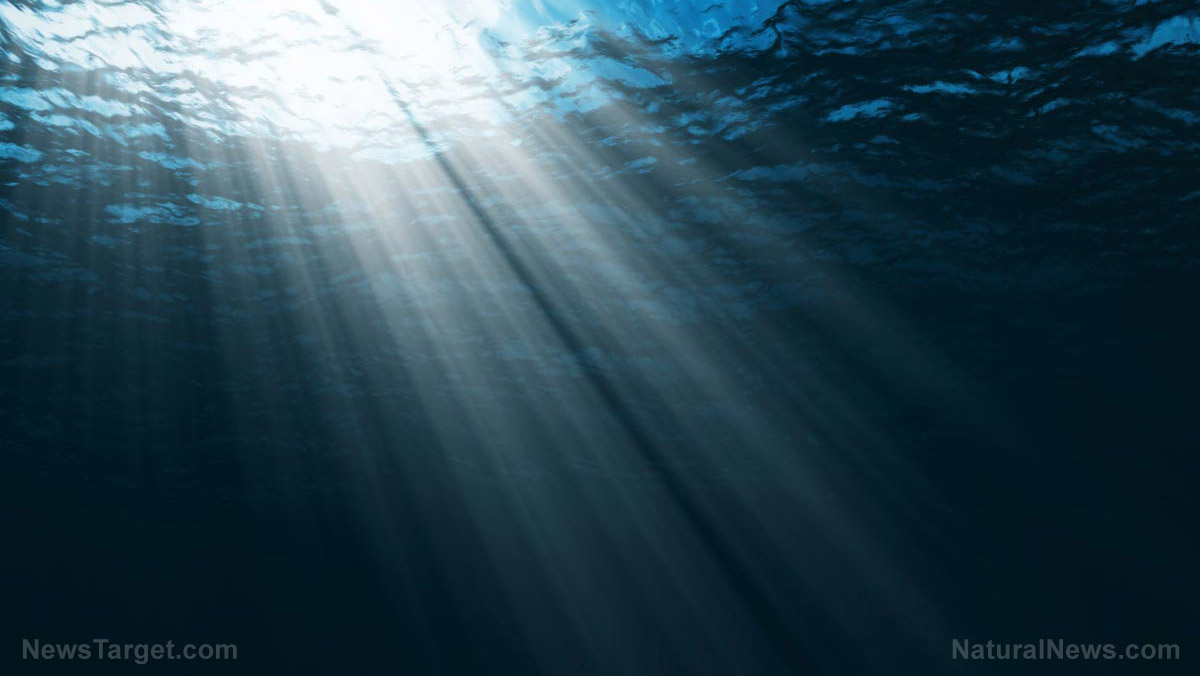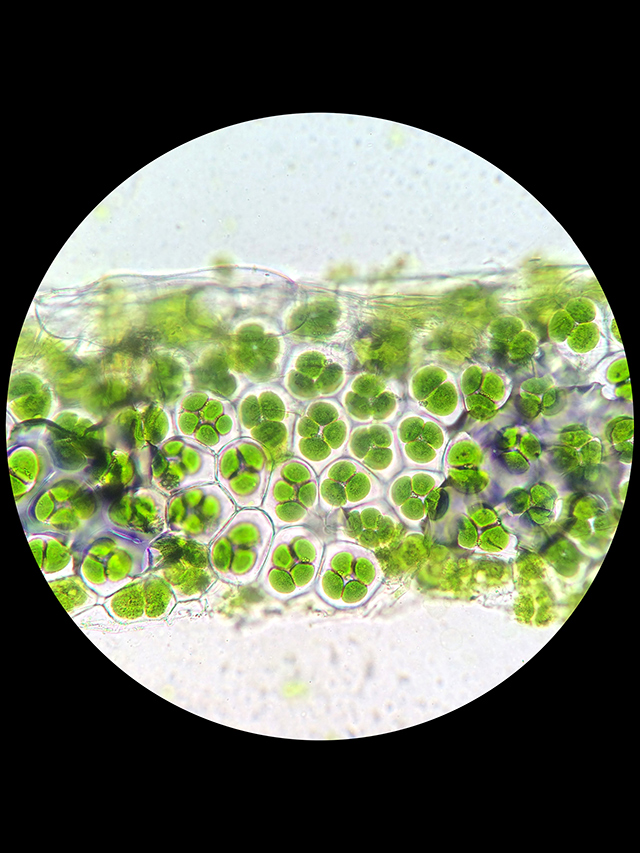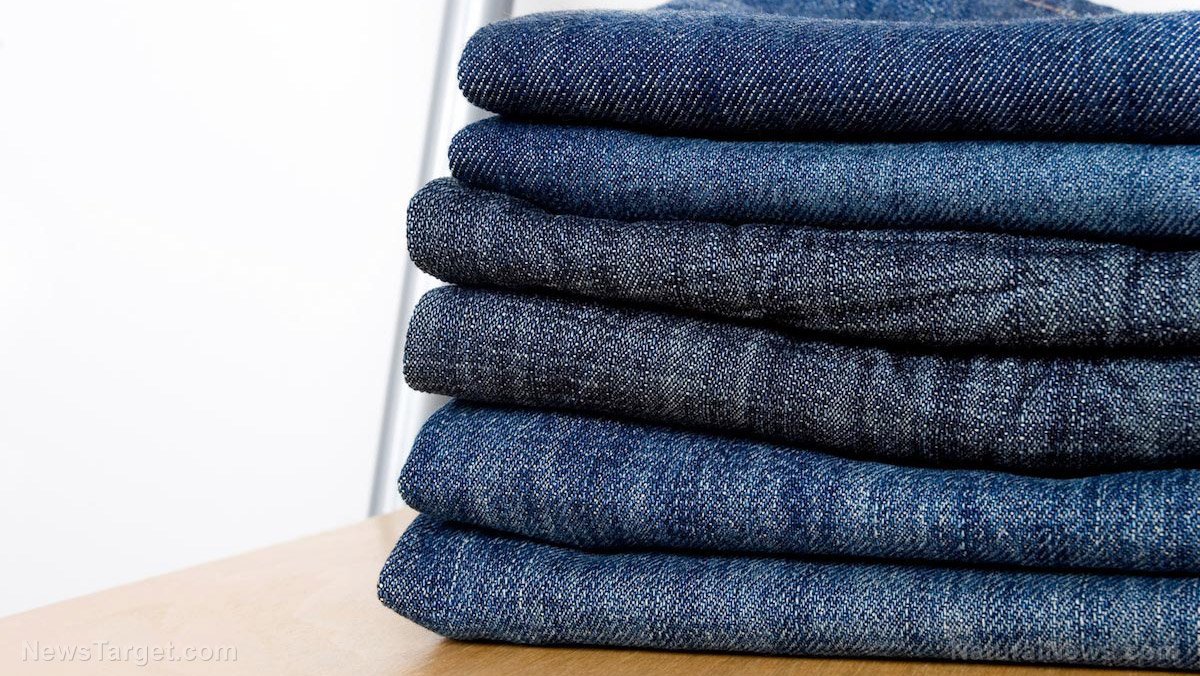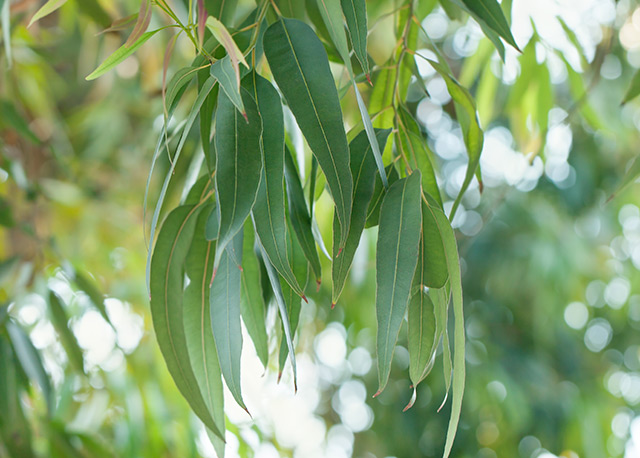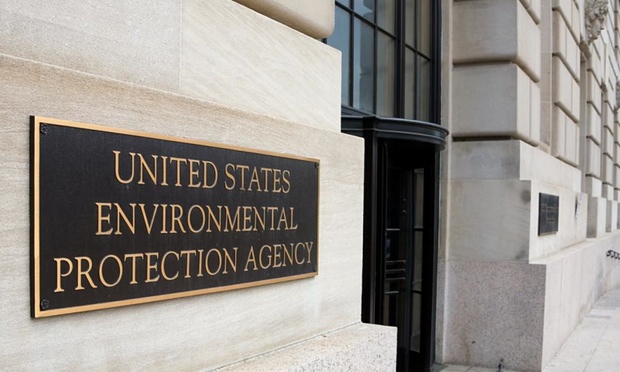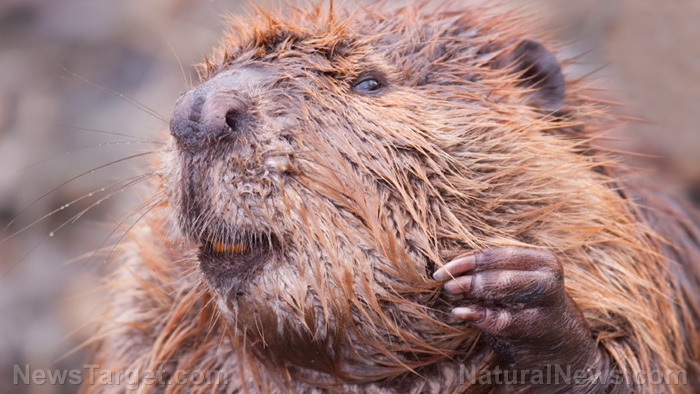Deadly microplastics have been discovered in Alaskan seabirds in the Aleutian Islands, endangering both animals and the region’s native American population, reported a News Deeply article.
The University of Alaska Anchorage (UAA) had been examining hundreds of Aleutian seabirds over the better part of a decade. The study found that one out of every five specimens had ingested microplastics and almost all of them tested positive for at least one type of highly toxic phthalate.
Phthalates are added to plastics for increased softness, flexibility, or durability. They’re used in cosmetics, flooring, and medical devices. If ingested, they can disrupt reproduction functions due to their resemblance to natural hormones.
“What it does say is these anthropogenic compounds are in the environment and that these birds are exposed to them in some way, which is meaningful when you consider the fact that they’re endocrine-disrupting compounds,” said researcher Veronica Padula.
According to Dr. Doug Causey, a biology professor and adviser to Padula, the University of Alaska program wasn’t looking for microplastics when it started in 2009. It was monitoring the drastic decline of seabird populations.
Everything changed in 2013 when Dr. Causey collected a tufted puffin on the island of Amchitka. The specimen turned out to have a shard of microplastic buried in its badly-scarred gut.
The UAA study quickly shifted to detecting microplastics and their deleterious effects on seabirds. Birds are good indicators of ecosystem health, so studying them was a good way to investigate microplastics loads in Alaskan waters.
Plastics have been popping up in Alaskan waters since the 1970s. But previous studies focused on larger pieces instead of microplastics, which required specialized detection tools.
The remoteness of the western and central Aleutians exclude the usual suspect of local human settlements as the cause of contamination, Padula explained. She theorized that the microplastics started out as much larger pieces across the ocean. As they made their uncertain way towards Alaska, the plastics were broken down by various oceanic forces until they became small enough to pass through the bodies of seabirds.
“So for us, the question became, what happens in that time when the plastic is inside the bird’s stomach,” she said. (Related: Plastic pollution is threatening fish populations and the fishing industry in Central America.)
Phthalate pecking order
The University of Alaska study discerned no significant geographic pattern for phthalate contamination among the Aleutian birds. But it did uncover a species-relevant pattern.
The highest levels of phthalate contamination were detected in crested auks, which ate at the lowest tropic level of a food pyramid.
“These birds, which are plankton eaters, are targeting items that probably are plastic but look a lot like plankton,” Padula theorized. “So they’re getting confused by those items.”
According to the researchers, the higher one ate at the tropic level, the lower the risk of contamination. So a bird that ate a fish that fed on contaminated plankton had lower phthlate levels than a bird that directly ate plankton.
The UAA is now looking for microplastics in other body parts of the seabirds. They confirmed the presence of phthalates in embryonic tissue inside 11 female specimens. They also learned by accident that plasticizers could contaminate eggs.
Back in 2015, Padula visited St. Paul Island and worked alongside the local Aleut community. Members of the tribe gifted her with six eggs from the thick-billed murre.
While partaking in the traditional Aleut diet, it occurred to the researcher to set aside some of the eggs for testing. To her dismay, the portions tested positive. “I consumed subsistence foods that I later detected phthalates in,” she grimaced.
Stay informed about microplastics and other forms of pollution by visiting Pollution.news.
Sources include:
NewsDeeply.com
CDC.gov

